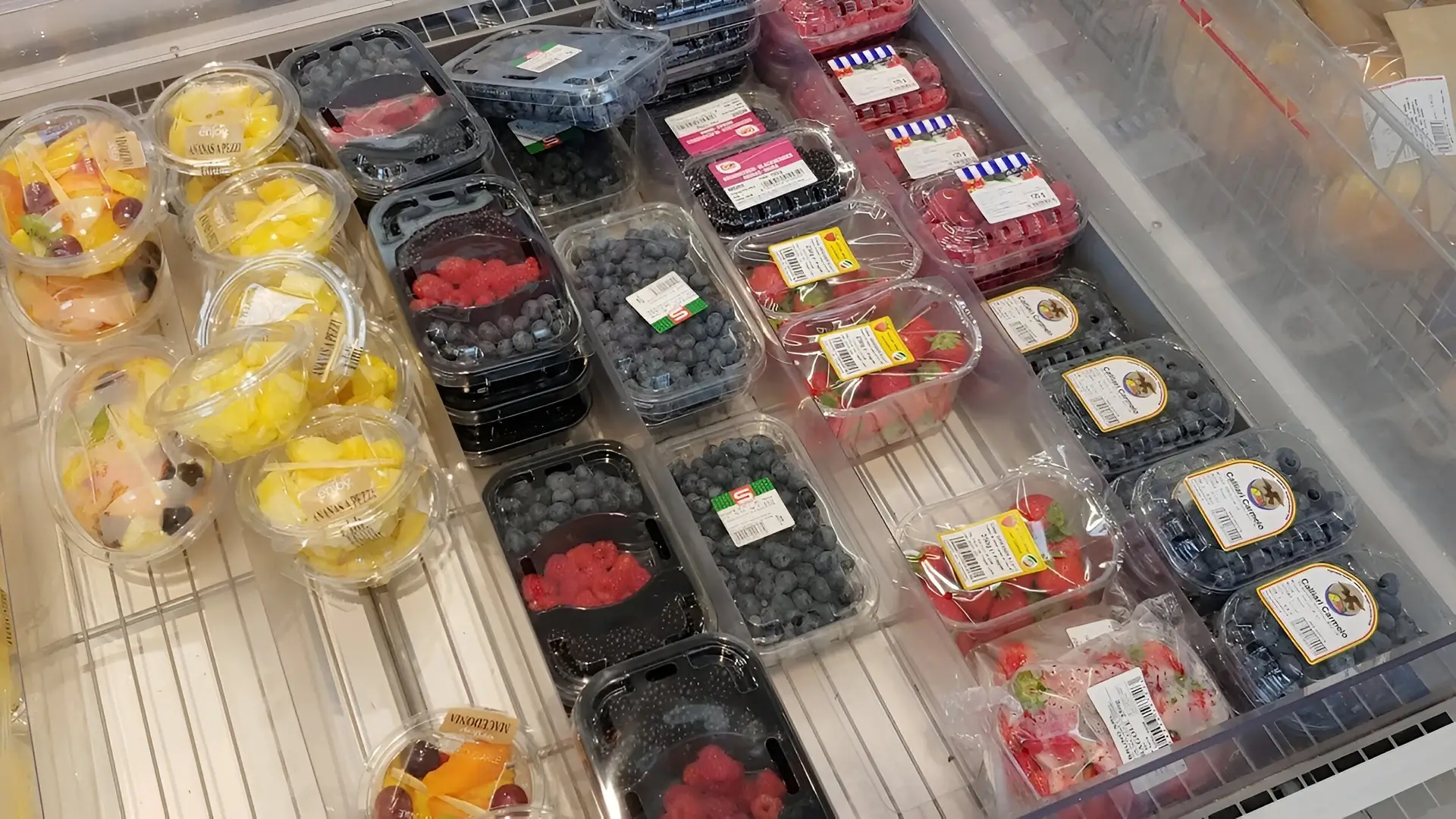The raspberry landscape in Poland is changing. In the vicinity of Kraśnik, plantations of autumn varieties in the open are disappearing or have almost disappeared. In return, in northern Mazovia, growers are investing in tunnels in which these varieties are grown successfully. It also seems that raspberry varieties fruiting on two-year-old shoots are experiencing a renaissance. Jagodnik asked Tomasz Smoleński of IERiGŻ if these observations are correct.
Do we know anything about this year's raspberry production?
Tomasz Smoleński: It seems that in the case of this species, the May frosts did not have as great an impact on the yield as in the case of strawberry cultivation. However, the rainfall in July proved to be a major negative factor. The quality of the fruit suffered to such an extent that for the price calculation I only took into account the prices of classes I and II, excluding the extra ones. There was hardly any really good raw material. There were many raspberries out of choice. The Central Statistical Office estimates that the total production of raspberries in Poland in 2020 could amount to 122 thousand. tonnes, which is about 60% more than the very low level of last year. There is also a change in the size ratio of autumn and summer cultivars. The latter are gaining in popularity and are growing more and more. Fruit picked in summer can taste better. However, the course of time has meant that the quality of July's raw material for processing leaves much to be desired.
How has the price trend been?
TS: In the July-September period, i.e. without distinguishing between the type of raspberry variety from which the fruit was delivered to the processors, the percentages were similar to the previous year. Calculating the average of classes I and II, establishments paid PLN 6.03-7.00 net (Eur 1.31-1.53) for goods delivered to the ramp. Last season, the rate calculated in the same way was 5.61-6.60 PLN net (Eur 1.23-1.44), so we are dealing with an increase of about 7%. However, it is worth noting the dynamics of the changes in this year's rates. In July it averaged 6.03 PLN net (Eur 1.31), in August it was already 6.39 PLN net (Eur 1.40) and in September it was 6.95 PLN net (Eur 1.52).

What has happened in other markets?
TS: The situation in international raspberry trade has been favourable, which is another factor contributing to good prices in Poland. There is a supply gap in the world. Significantly fewer goods came from Serbia. At the moment we do not have exact data from that country, but I expect Serbian production in 2020 to be around 20% lower on an annual basis. Pressure from Ukrainian market players has also been weaker than expected. It seems that despite significant investments in raspberry production in our eastern neighbours, the effects are not yet as expected. One should only regret that in Poland we currently do not have large quantities of frozen raspberries, which guarantee high profitability. The quality of the raw material is generally poor.
What are the prospects for the raspberry market for the confectionery industry in Poland?
TS: It develops strongly because of the increasing demand for such fruit. The poor quality of the raw material for the industry, which I mentioned earlier, is also a result of the fact that larger and larger batches of fruit are destined for sweet consumption. The rates in certain years are quite stable. Much higher than in the case of cooperation with industrial beneficiaries, which makes it easier for growers to plan their investments and calculate their profitability. These are good levels.
.jpg?w=660&ssl=1)
What can you expect in the coming years?
TS: Currently, around 60-70% of the raspberries produced in Poland are sold to industrial customers. In my opinion, the problem in the coming years is to equalise this ratio. Perhaps the current season will not be remembered by fruit producers as bad, but it was still relatively difficult. Because of the possibilities offered by the dessert market, achieving a 50:50 ratio between dessert production and industrial fruit is probably a matter for the next few years. This is one conclusion. The second is that growers are better prepared in case of drought. After the very hot 2019, many of them invested in building effective irrigation and fertigation systems. Perhaps this year it did not matter so much. Some of the plantations had to be removed at certain times. If the dry and hot summers return in the future,










